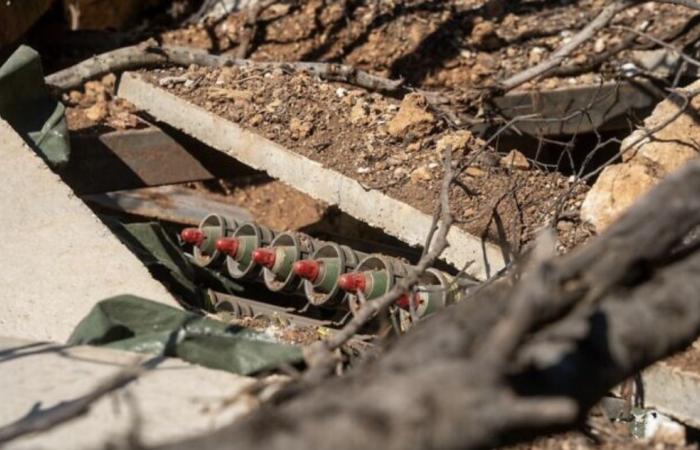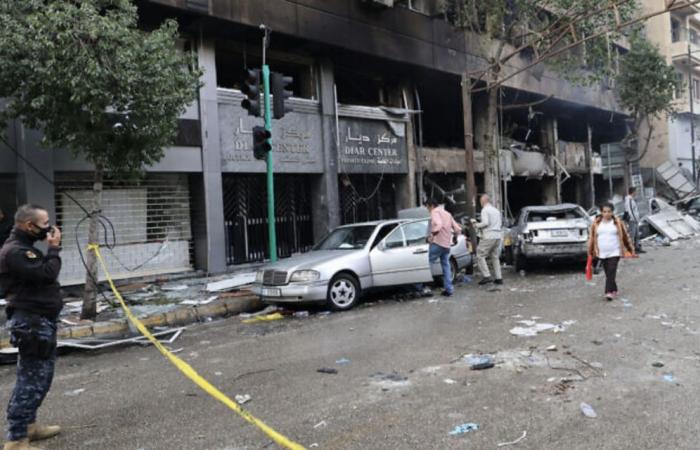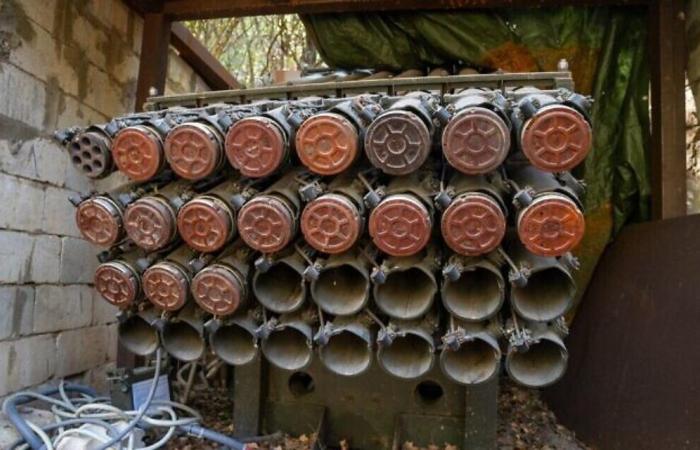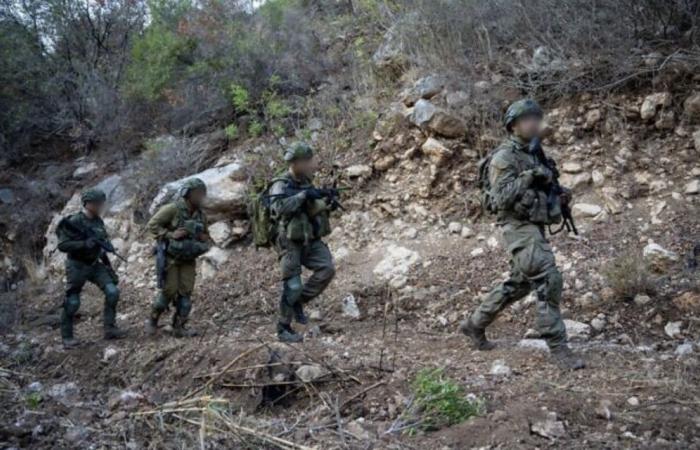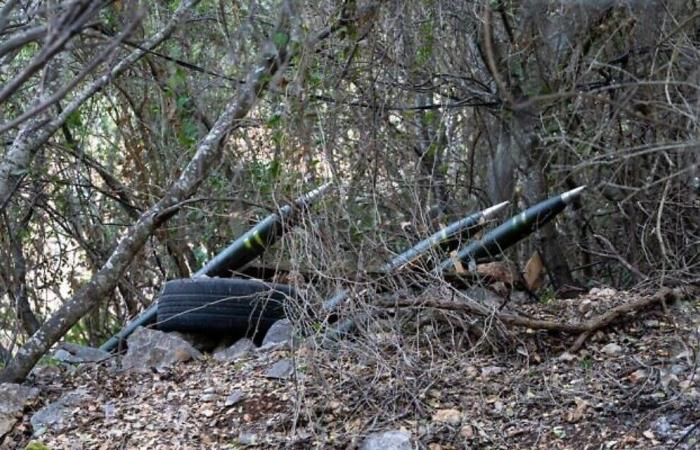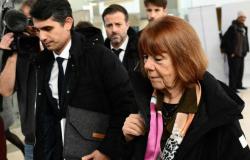On Monday, a woman was killed and seven people were injured when Hezbollah fired around 100 rockets into northern Israel. At the same time, the Israeli army continues to strike sites belonging to the Lebanese Shiite terrorist group in Lebanon.
Doctors said they had confirmed the death of a woman seriously injured by the impact of a rocket in Shfar’am. At least five other people were injured when the rocket launched by Hezbollah from Lebanon in the evening hit a three-story building in the northern Arab city.
According to the Israeli army, five rockets were launched during the attack.
Earlier in the day, a 34-year-old man was lightly injured by a rocket blast in northern Israel during a Hezbollah salvo, rescuers reported. The Magen David Adom (MDA) rescue service said the man was taken to Nahariya hospital.
In another salvo, the MDA said a 65-year-old woman was hit in the neck by shrapnel when rockets struck the area of Fassuta, an Arab Christian village. She was also evacuated to Nahariya hospital. Another person was treated for acute anxiety, the MDA added.
According to the IDF, many rockets were intercepted or fell in open areas. Some rockets hit towns, causing damage to a building in the border town of Kiryat Shmona and a chicken coop in moshav Margaliot.
Throughout the night and morning, rocket warning sirens sounded sporadically in Kiryat Shmona, the coastal town of Nahariya and other communities in Etzba HaGalil – or the Galilee Peninsula – near from the border with Lebanon.
The “Iron Dome” anti-missile defense system firing to intercept rockets launched from Lebanon, seen from Haifa, northern Israel, November 18, 2024. (Leo Correa/AP)
The Lebanese National News Agency reported new strikes early Monday on sites around southern Lebanon, which has long been a stronghold of the Lebanese Shiite terrorist group Hezbollah. Local media reported that jets struck the Nabatieh area, which the IDF also targeted earlier this week.
The strikes came after a relatively calm night during which the Israeli army did not carry out any strikes.
In addition, schools in Beirut were closed after Israeli strikes on the Lebanese capital left six people dead the day before, according to local authorities, who do not distinguish between civilians and Hezbollah terrorists. The IDF said it had killed Hezbollah spokesman Mohammed Afif, the latest in a series of senior members of the Lebanese Shiite terror group killed during the war. Hezbollah confirmed his death and later said four other members of its media office were killed in the same strike.
Sunday’s strikes hit areas of central Beirut that had been spared until now. They prompted the Ministry of Education to close schools and higher education establishments in the Beirut region for two days.
People inspecting the damage caused to a building, targeted by an Israeli airstrike the day before, on Mar Elias Street, in Beirut, November 18, 2024. (Credit: Anwar Amro/AFP)
In late September, Israel intensified its bombing of Hezbollah strongholds and promised to secure its northern border with Lebanon to allow tens of thousands of Israelis evacuated by more than a year of cross-border Hezbollah rocket and drone fire to return home safely. Israeli forces also conducted field operations in Lebanon to clear the border area.
Dozens of Hezbollah launch pads and rockets were located and destroyed by reservists from the 226th Parachute Brigade during recent operations in southern Lebanon, the IDF said Monday.
The army added that the reserve brigade operated in an area from which Hezbollah fired hundreds of rockets into Israel over the past year.
Troops located several multiple launch pads and mortar positions, as well as rocket caches and other equipment. They also spotted a network of tunnels dug into a mountain in the region. Inside the tunnel, troops found weapons, equipment and food used by Hezbollah terrorists.
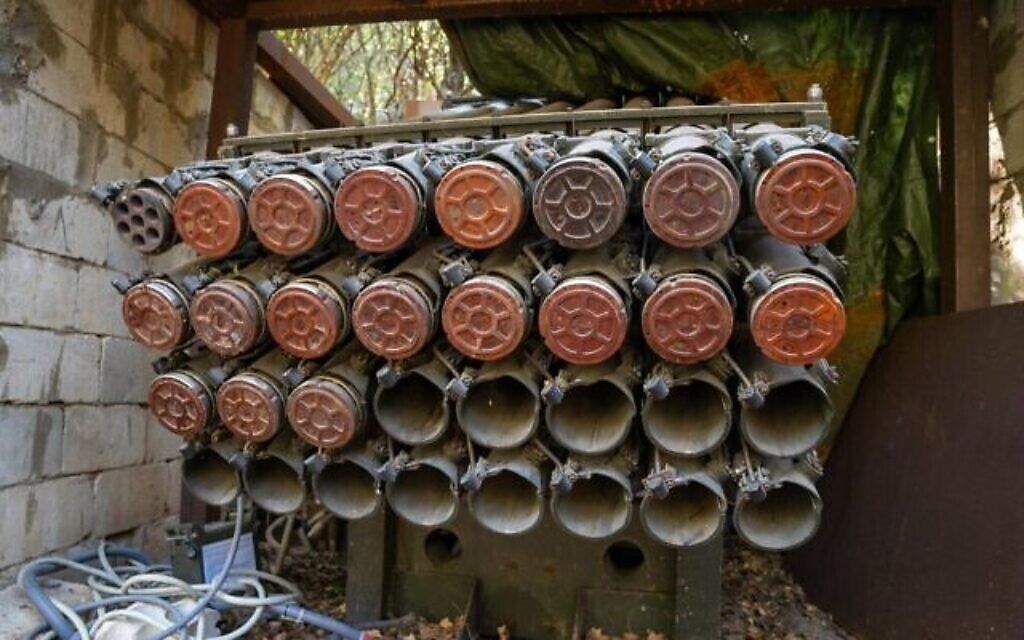
A rocket launch site found by troops of the 226th Reserve Parachute Brigade in southern Lebanon, in a photo released on November 18, 2024. (Israeli Army)
Caught between the two belligerents, UN peacekeepers (UNIFIL) reported Sunday that they were attacked and suffered minor damage, but were not injured.
In a message https://twitter.com/UNIFIL_/status/1858141835295650183 on the social network least one of them was armed” in the village of Bedias.
The patrol continued on its way, but an hour later, as it reached the village of Maarakeh, it came under around forty shots from the rear, “probably from non-state actors”.
The patrol reached the safety of a UNIFIL base in Deir Kifa, where it found that some of its vehicles had been hit by bullets, but there were no injuries.
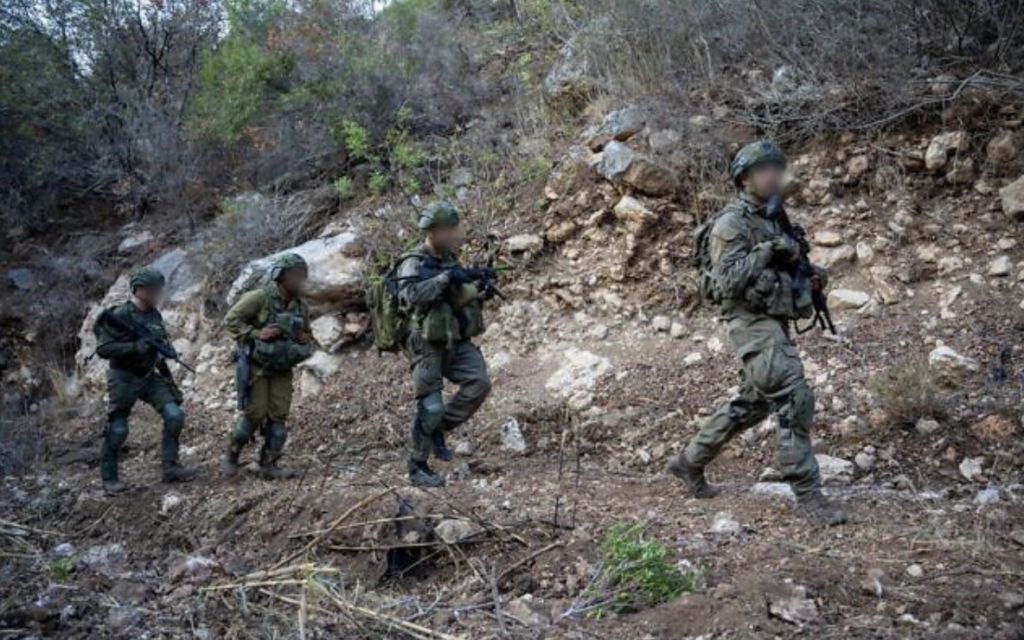
Troops from the 226th Reserve Parachute Brigade operating in southern Lebanon, in a photo released on November 18, 2024. (Israeli Army)
“It is unacceptable that UNIFIL soldiers are routinely targeted while carrying out Security Council-mandated tasks,” UNIFIL said.
“It is the responsibility of the Lebanese authorities to ensure that UNIFIL peacekeepers can carry out their assigned tasks without fear or threat. »
Nevertheless, she urged “all actors in the ongoing hostilities […] to avoid actions endangering UN peacekeepers. Peacekeepers have already been injured or killed in the fighting, but they have rejected Israeli demands to leave southern Lebanon.
US envoy Amos Hochstein is expected to travel to the Lebanese capital Beirut on Tuesday to discuss a ceasefire between Hezbollah and Israel, according to a Lebanese political source.
However, a diplomatic official clarified Times of Israel that as of Sunday evening, no final decision had been made on whether Hochstein would come to the region, adding that a decision would be made based on progress in ceasefire talks.
The possibility of a new visit by Hochstein was raised following reports in the Lebanese media that a positive response had been given to the ceasefire proposal.
The New York Times reported over the weekend that Hezbollah’s Iranian financiers had sent messages to the Lebanese Shiite terrorist group indicating they favored ending the war.
Nearly a year after the start of the conflict in Gaza, Israel has expanded its scope of action from the Gaza Strip to Lebanon. This conflict was triggered by the pogrom perpetrated by the Palestinian terrorist group Hamas on October 7, 2023 in southern Israel, which left more than 1,200 people dead, mostly civilians and during which 251 people were taken held hostage and taken by force to Gaza.

A rocket launch site located by troops of the 226th Reserve Parachute Brigade in southern Lebanon, in a photo released on November 18, 2024. (Israeli Army)
In support of its Palestinian ally, Hezbollah began launching rockets and drone attacks on Israel the day after the barbaric and sadistic assault, forcing around 60,000 Israelis to evacuate their homes. Fighting intensified with attacks by the Lebanese Shiite terrorist group, until the Israeli army launched a campaign of massive airstrikes on September 23 against Hezbollah strongholds across Lebanon. Since September 30, Israel has been carrying out a ground operation in the south of the country, extended to the coastal areas of the southwest.
Attacks on northern Israel over the past year have resulted in the deaths of 43 Israeli civilians. In addition, 70 Israeli army soldiers and reservists lost their lives during cross-border clashes and the ground operation launched in southern Lebanon at the end of September.
Two soldiers were killed in a drone attack from Iraq, and several others also took place from Syria, with no injuries reported.
The IDF also estimates that nearly 3,000 Hezbollah terrorists were eliminated during the conflict. Around 100 members of other terrorist groups were also reported killed in Lebanon.
Faced with the escalation, the Lebanese Shiite terrorist group seems to have stopped publishing the names of the elements eliminated.

